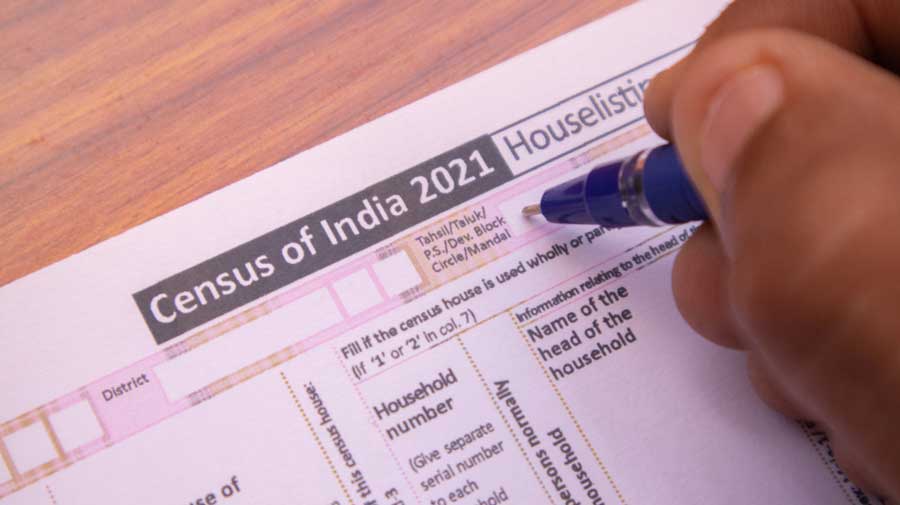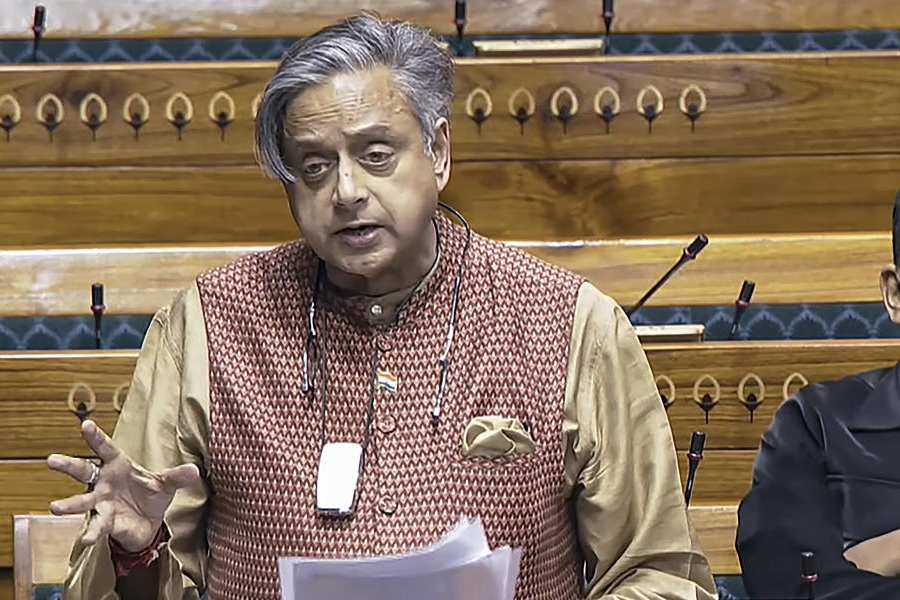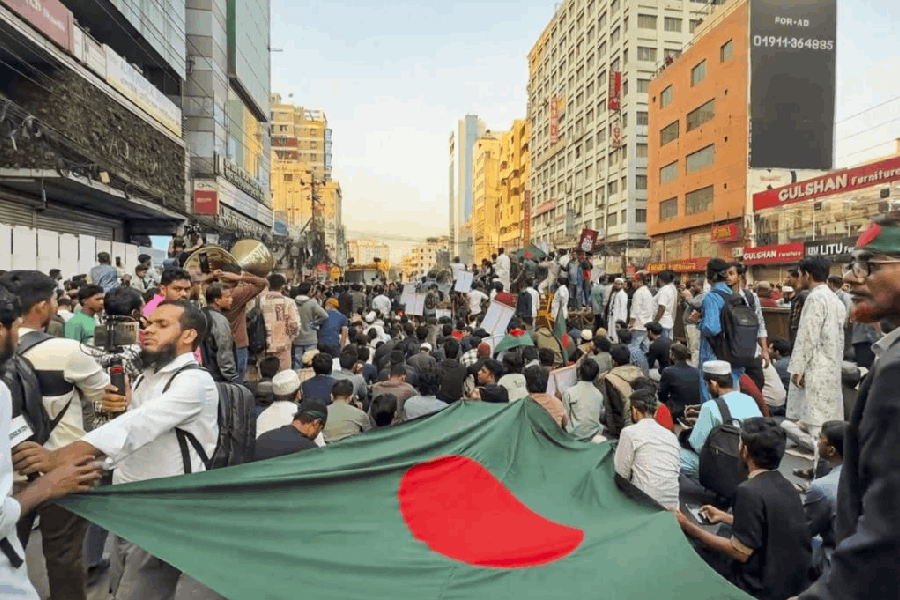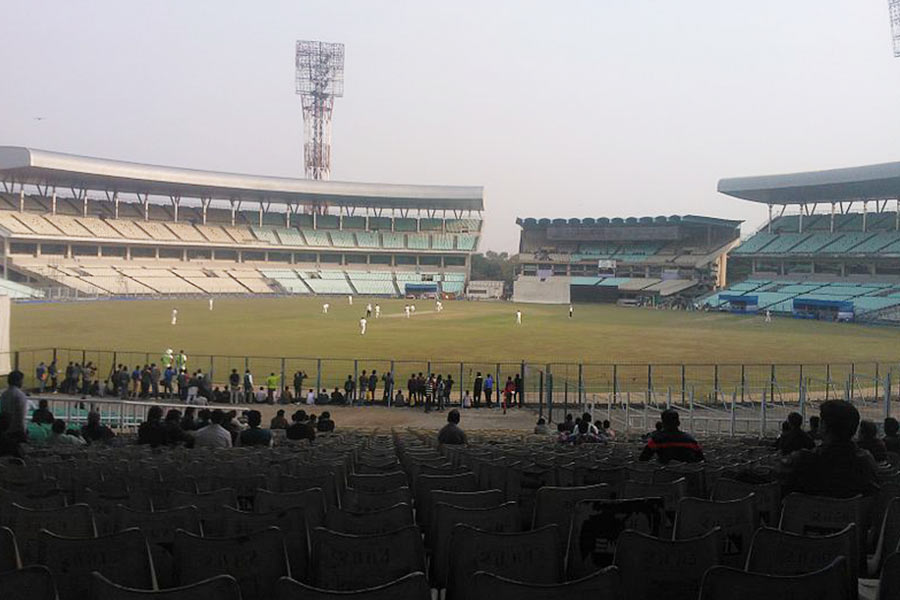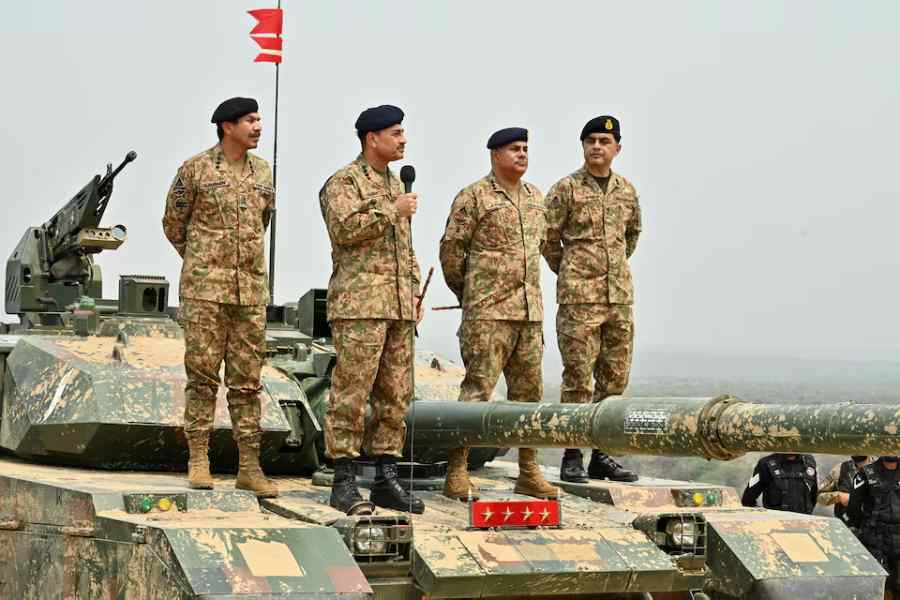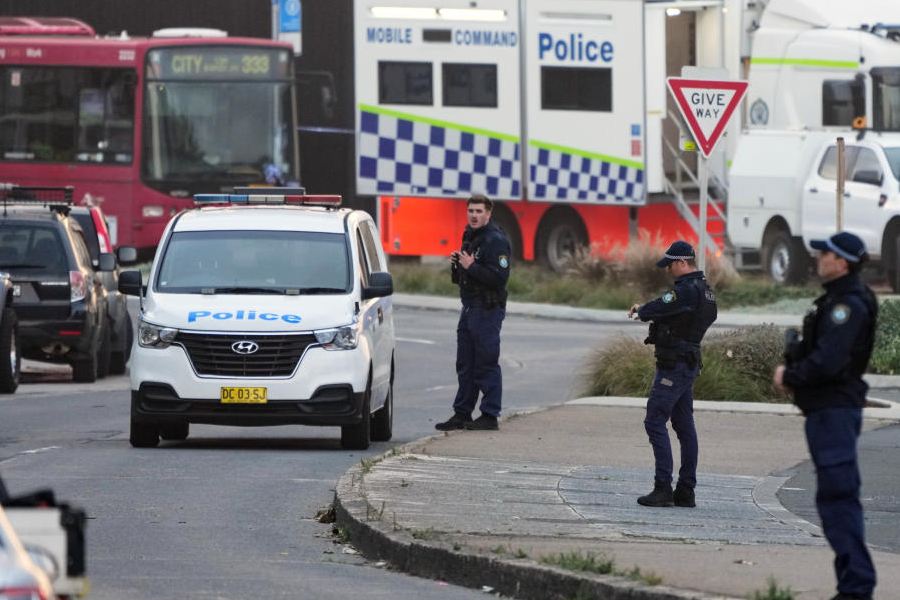India has not forgotten a social category called ‘caste’. This reality has been used relentlessly by various interest-groups, but with different degrees of seriousness. Counting the number of individuals within caste categories got fresh attention recently with a delegation of prominent politicians meeting the prime minister. Mainstream media as well as social media started covering events and vigorously debating related issues. Surprisingly, all these demands for caste census/survey have forgotten or ignored the ready-made database of the Socio-Economic and Caste Census 2011. The Centre recently informed the Supreme Court that the caste data collected in SECC-2011 suffer with respect to “completeness and accuracy”, are “replete with technical flaws”, and are “unusable”.
One can say that the database is outdated. But if the objective is to know the strength of a caste, its representation in overall numbers is important. In simple terms, what is required is the ‘ratio’ or ‘proportion’. Demographic ratios do not change within a decade. For example, the proportion of the scheduled caste population was 16.48 per cent in 1991, 16.2 per cent in 2001, and 16.6 per cent in 2011. Similarly, the proportion for the scheduled tribes was 8.1 per cent, 8.2 per cent, and 8.6 per cent in these census years. The variation may be due to inclusion or deletions in the list in the schedule as per the provisions of Articles 341 and 342 of the Constitution rather than on account of demographic dynamics. By this logic, the SECC-2011 data are not old enough to be discarded.
The SECC process was conducted under the direct supervision of the Office of the Registrar General and Census Commissioner of India. A scrutiny of vernacular and local newspapers showed that public interest was at its peak at the time of enumeration. Even organized caste societies, including khap panchayats, were keeping a close watch on the process and had educated their members on how to provide correct information to the enumerators. The credibility of the exercise was assured given the monitoring.
Unlike the enumeration of SCs and STs, caste categories outside these groups are not listed formally by any authentic agency. A total of 1,646 castes were identified in the 1901 Census and 4,147 distinct categories in the 1931 Census — the last census that ventured into collecting data on caste. The People of India Project of the Anthropological Survey of India recorded 4,635 castes within 4,694 communities in and around 1992. It was decided that the names of castes would be recorded and that respondents were free to indicate their caste names. But there was a problem. The spelling of the name of a caste may take multiple forms in English, the language of recording. But this problem was resolved to a large extent and only about 1 per cent of caste names given by respondents could not be traced to a distinct category. This figure is insignificant.
The SECC-2011 database can be used to find answers to the questions associated with caste-enumeration. Government schemes are implemented with the help of SECC data, directly or with modifications and assistance from other databases; why should the data not be fit for the counting? Perhaps the misgivings stem from political parties. They know the ground reality better because of their proximity to and interaction with people and fear that their claims of affirmative actions based on reservation have not delivered the expected benefits to targeted caste-groups. Their estimates and those based on past studies may even fall short of the real numbers/ratios thrown up by the SECC-2011 data. Even the proportion of the other backward classes may be restricted to lower than 40 per cent. Within the OBC group, the domination by a single caste may not go down well with other caste leaders and lobbyists.
Secondly, the coupling of socioeconomic data with caste census data in SECC-2011 may pose problems. The quantum of deprived and vulnerable groups within OBC may tilt. Deprivation indicators, such as the absence or inadequate ownership of dwelling units, modern household appliances and assets like agricultural land, and vulnerability indicators like nature and source of wage/income are available in both rural and urban areas, and these can be linked easily to the caste status of households and individuals. The Supreme Court, referring to the Indra Sawhney verdict of 1992, has opined that economic criterion is not the sole basis for the creamy layer, and this may open the gate to using the SECC-2011 data.
Thirdly, the timing of the demands for a caste census has created doubts about the seriousness of the political parties and caste lobbyists. Such demands are mostly raised before the launch of the census operation. The 2011 Census could not collect caste data as it was already in an advanced stage of preparation; the same now appears to be the case with the forthcoming 2021 Census.
N.K. Sahu is a former economic adviser in the ministry of rural development, the nodal ministry to conduct the SECC-2011

